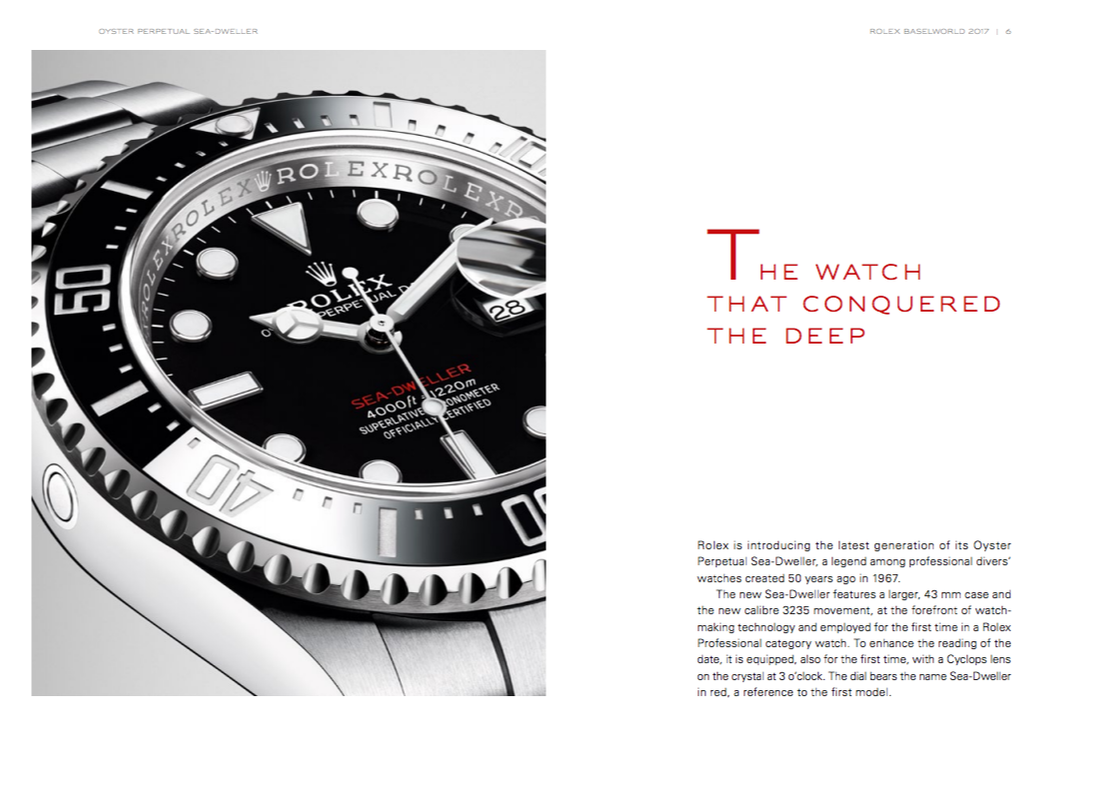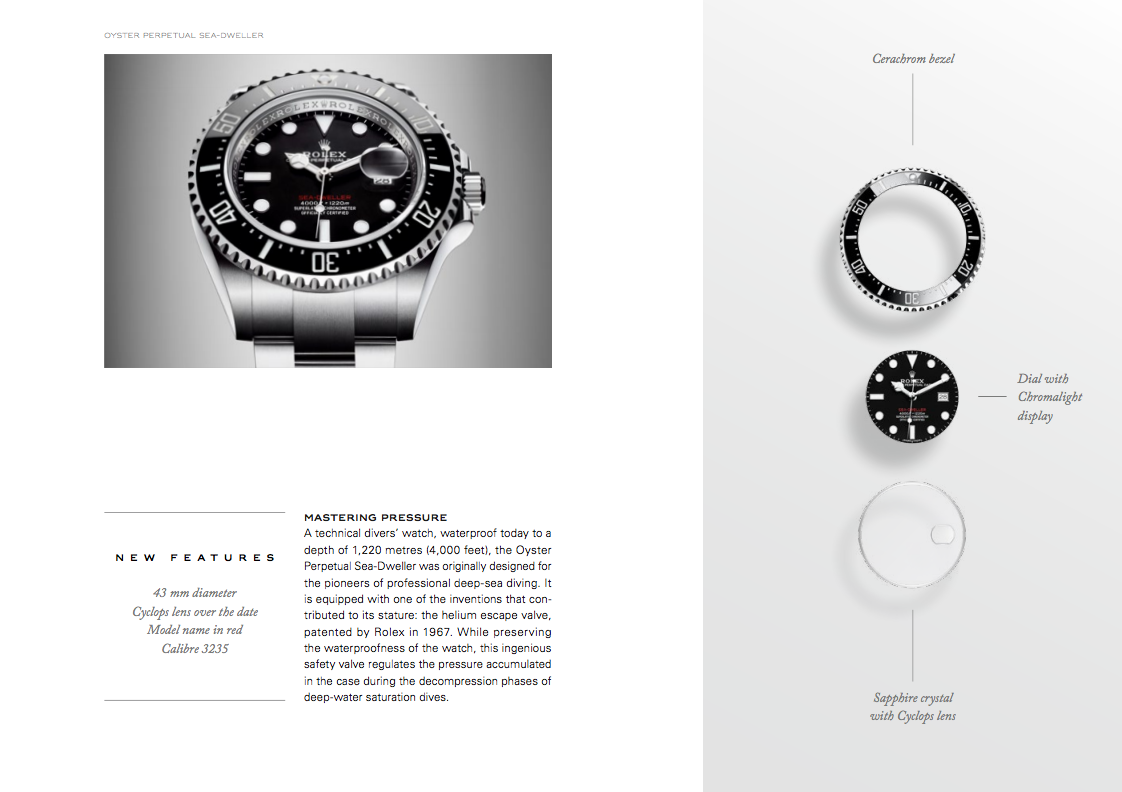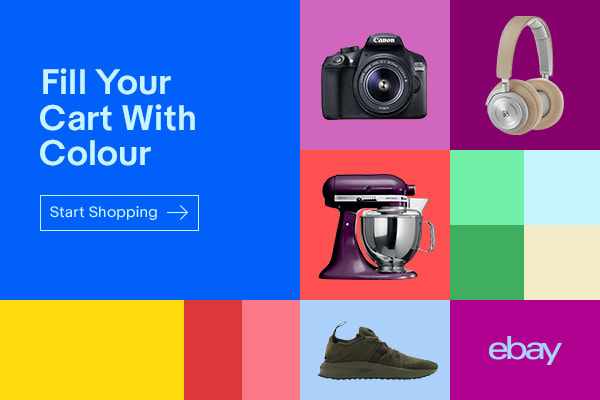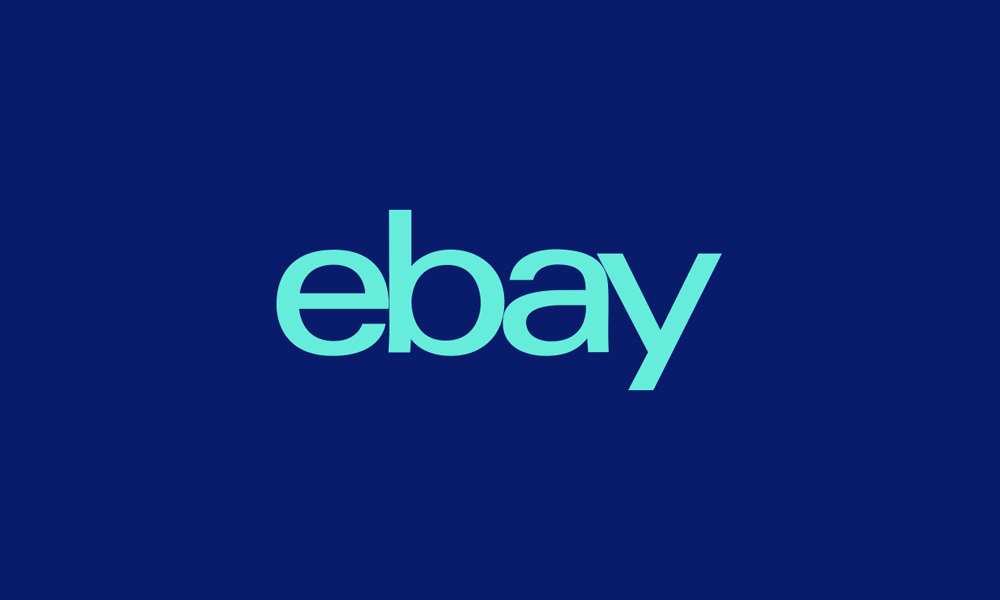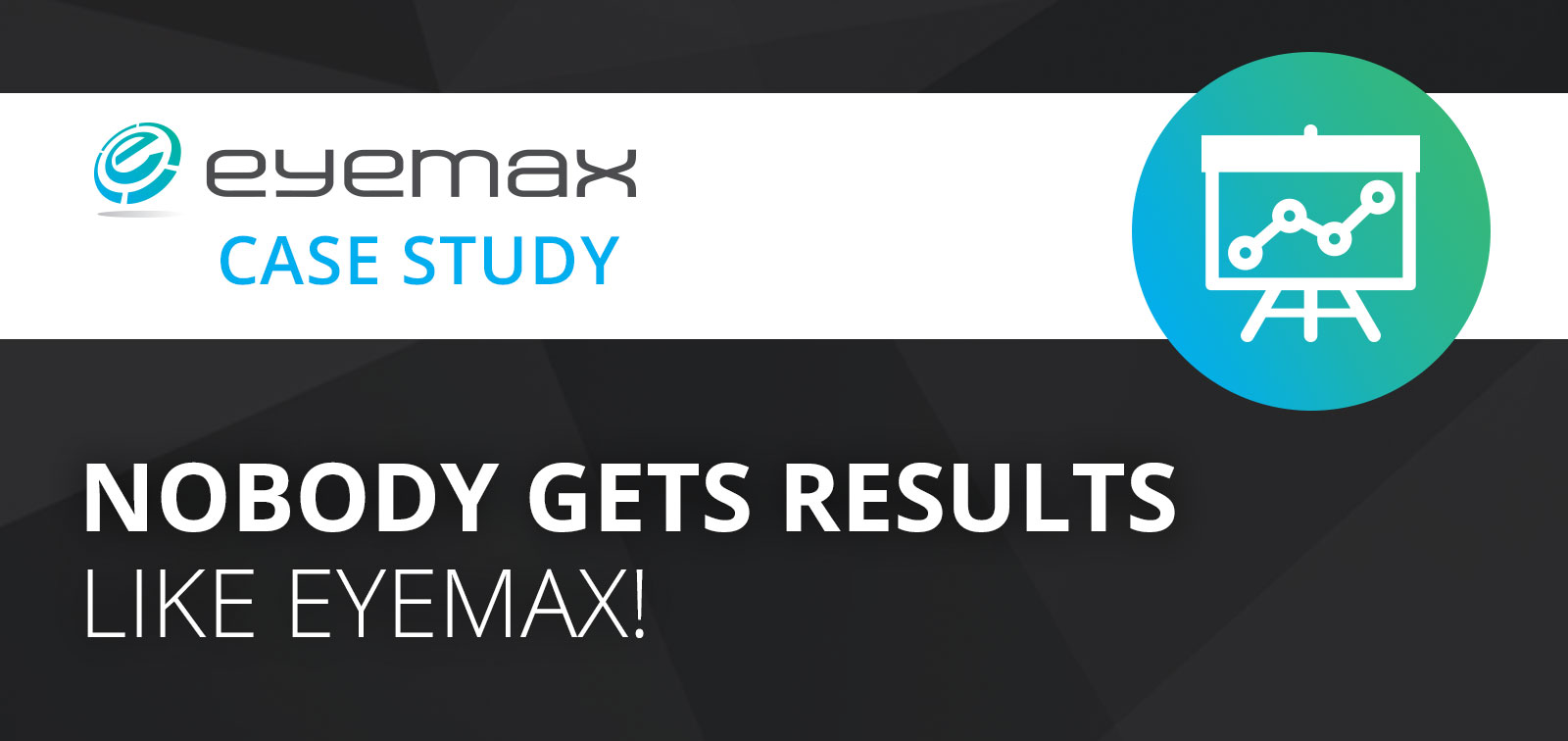In design white space is defined as negative space, or the absence of content. Essentially, we see white space as the space between photos, text and other elements. Although, many consider white space to be wasted real estate, it is important to remember that it should be regarded as an active design element. Integrating white space in design creates the feeling of sophistication, allows for clear content prioritization, and is essential for a visually appealing layout.
Feeling of Sophistication
A generous amount of whitespace can contribute to a high-end brand position. For example: This automotive website has a clear and engaging brand message. The use of a large amount of white space created with color, images and minimal content makes this car look more high-end.
Focus is on Content
A cluttered layout is unattractive and doesn’t make viewers want to read the content. Studies have shown that white space actually improves reading comprehension. For example: This billboard uses white space to improve readability so that the content is clear as viewers drive by it.
Providing Balance
White space supports the visual integrity of a layout because it helps to prioritize content. It will actually guide your eyes from one point to another around a printed page or website. For example: This brochure does a nice job of using white space to guide the reader through the content.
We understand, first hand, that it’s often tempting to fill up every inch of space in a brochure, on a business card, or a website. Companies have a lot to say about themselves and services. But quite frankly, cluttering up printed layouts or websites won’t make marketing efforts more effective. It could communicate a message about your brand that is not positive.
Consider keeping your layouts or websites focused on key elements (i.e. content and photos) and leave plenty of white space to allow for sophistication, clear legibility with focus on your content, and a balance that will guide your viewers effortlessly.
Is your overall brand cluttered? Contact us today to find out how we can bring balance into your brand and overall marketing message.




